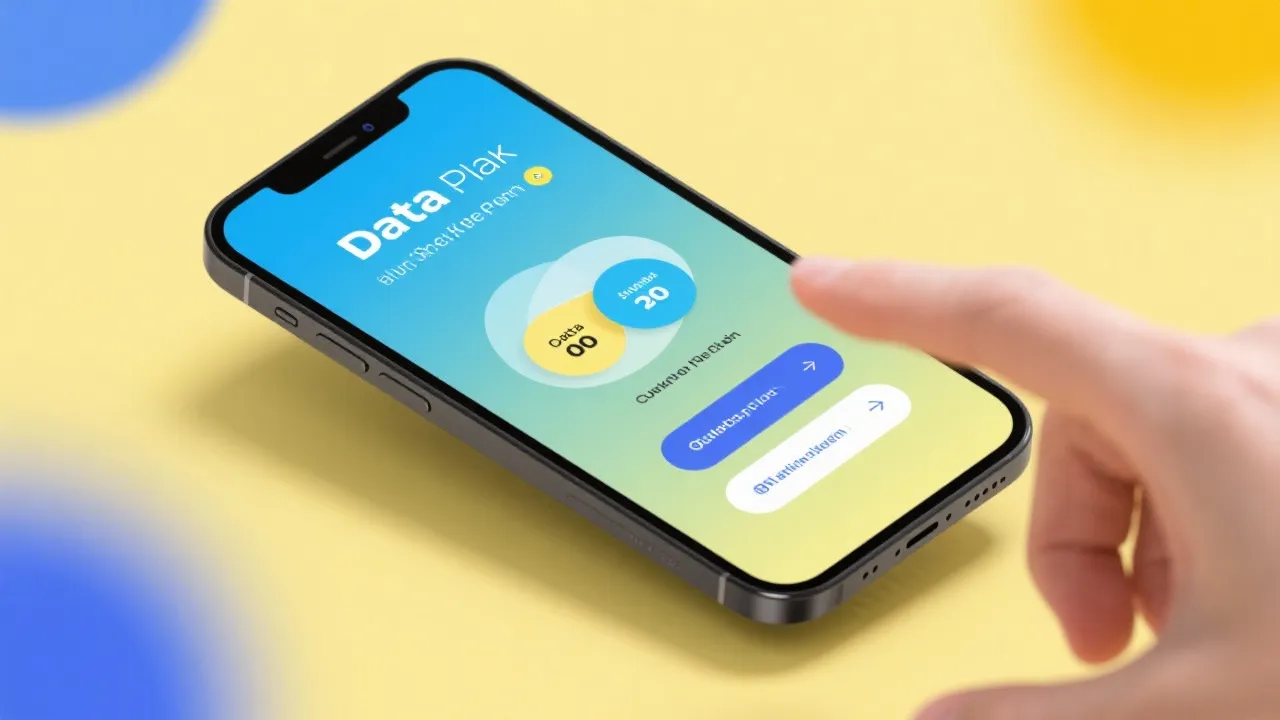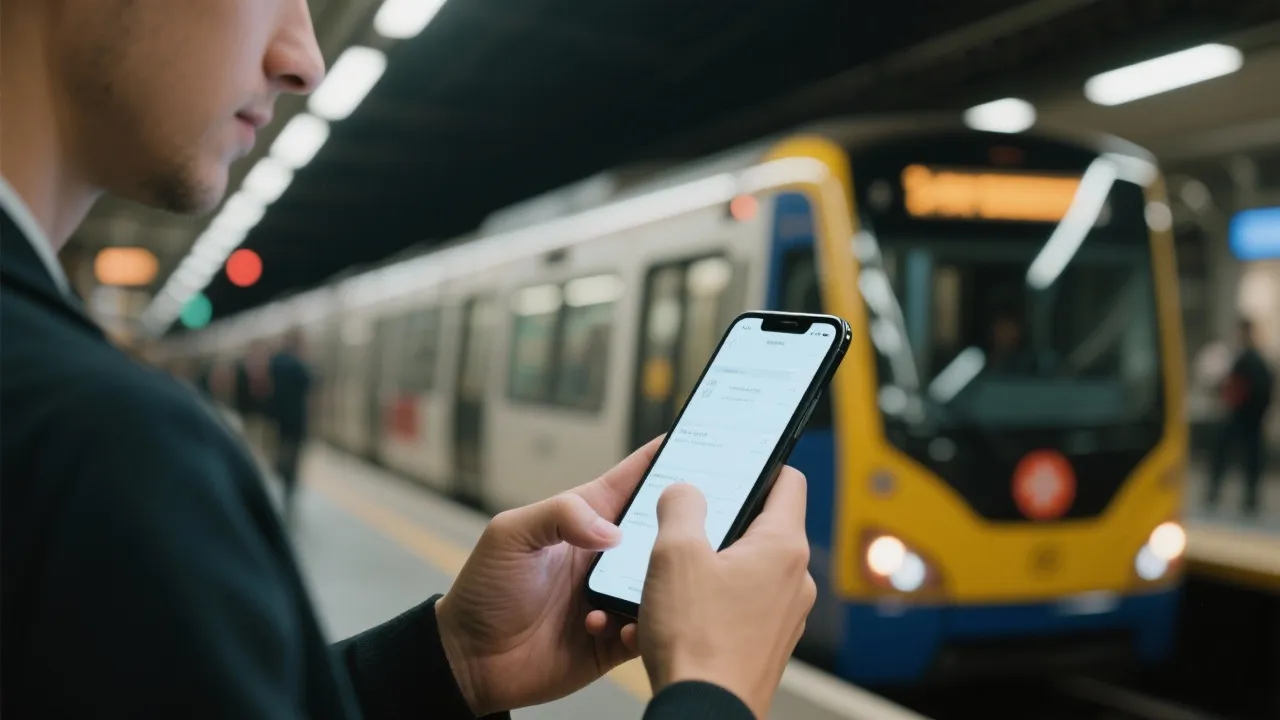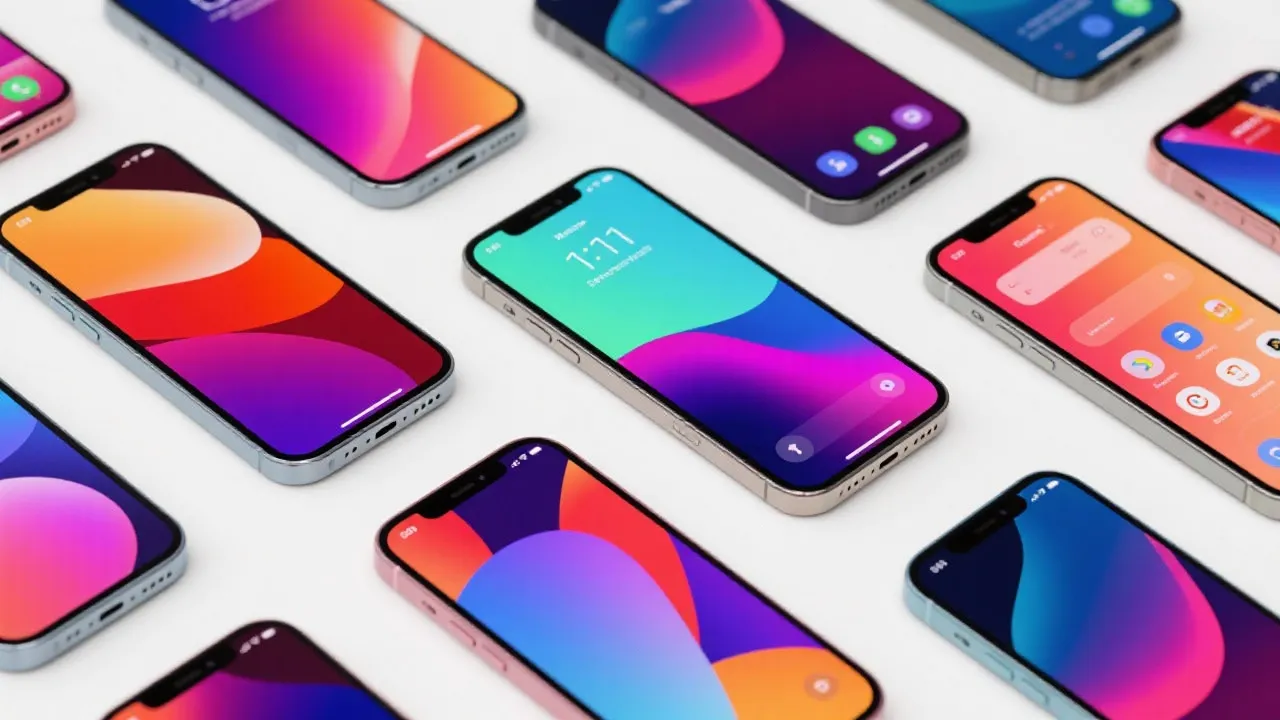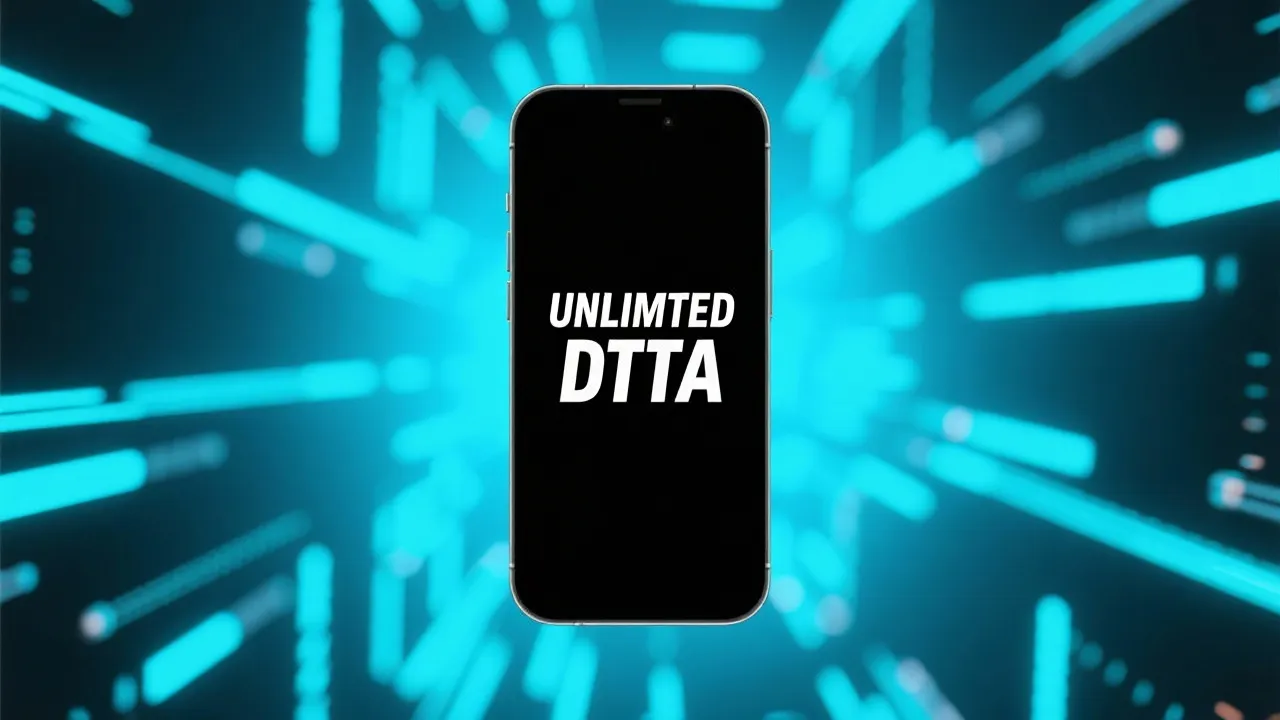Understanding Affordable Phones and Unlimited Plans
Discover the essentials of acquiring complimentary phones with unlimited data through government programs. These services provide crucial connectivity, particularly for those meeting specific eligibility requirements such as income thresholds or participation in assistance programs. This article examines various providers and requirements for these offerings while ensuring readers have a comprehensive overview.
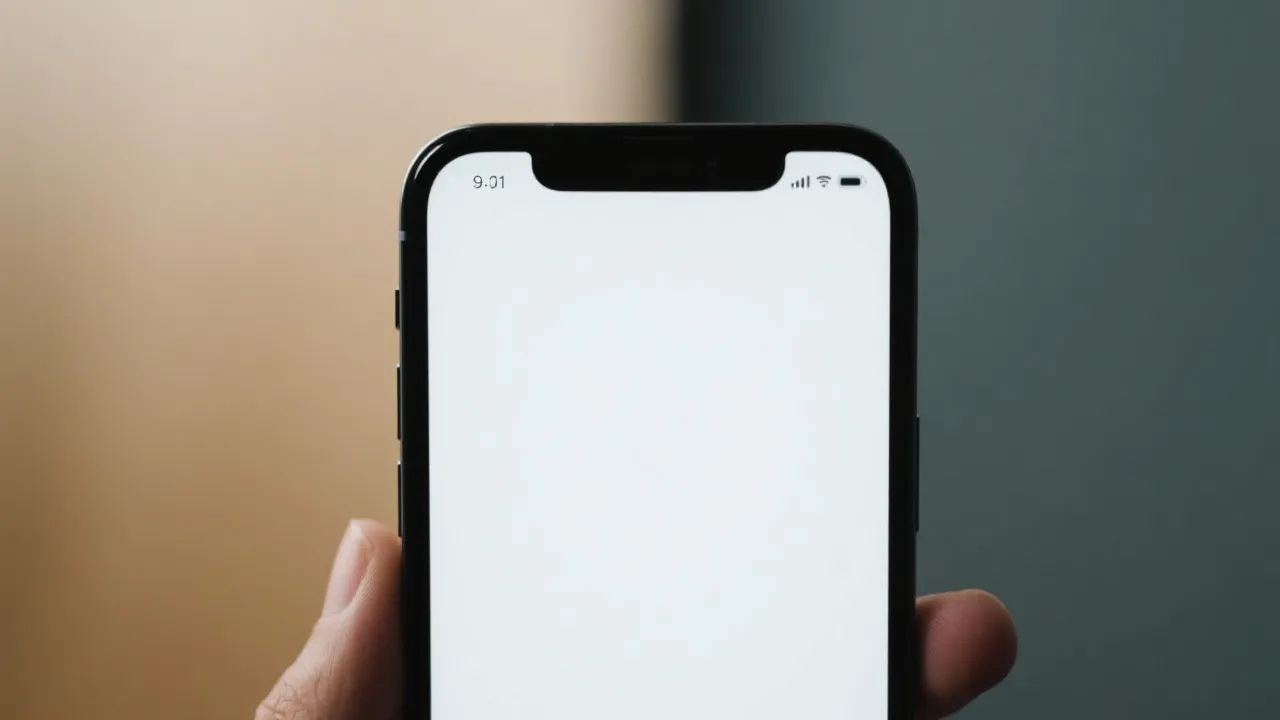
Access to Connectivity: Affordable Phones and Unlimited Data
In today's digital age, having access to a smartphone with a reliable data plan is indispensable. For individuals struggling financially, obtaining a phone without a cost barrier can seem out of reach. The ability to communicate, access information, and connect with vital services online has become fundamental in our society. Fortunately, government-supported programs offer solutions by providing phones and data services under specific eligibility criteria. These initiatives ensure that even those with limited financial means can access the digital landscape, boosting their capability to engage in daily activities ranging from job searching, connecting with family, managing healthcare appointments, to accessing educational resources.
Key Providers of Affordable Phone Programs
Several providers participate in government-backed initiatives to make communication more accessible. Below, we delve into some of the notable services that offer these resources. Each provider has its unique offerings and eligibility criteria, which can cater to the diverse needs of potential users. Understanding the specifics can help applicants make informed decisions about which program to join.
| Provider Name | Services Offered | Additional Package Costs |
|---|---|---|
| SafeLink Wireless | Smartphones with varying data plans; option to bring your device. | Premium device upgrades and additional data. |
| Assurance Wireless | Android smartphones, unlimited talk and text, data options. | High-speed data and international calling upgrades. |
| StandUp Wireless | Smartphone options or BYOD, talk, text, and data packages. | Enhancements available for devices and data. |
| Access Wireless | Unlimited voice, text, and limited high-speed data. | Available data and device upgrades. |
| True Wireless | Government-backed phones, voice, and data services. | Optional device and data package improvements. |
source: Safelink [www.safelinkwireless.com](https://www.safelinkwireless.com), Assurance Wireless [www.assurancewireless.com](https://www.assurancewireless.com), StandUp Wireless [www.standupwireless.com](https://standupwireless.com), Access Wireless [www.accesswireless.com](https://www.accesswireless.com), True Wireless [www.gotruewireless.com](https://www.gotruewireless.com)
Steps to Obtain Affordable Government Phones
Interested individuals must follow a structured procedure to receive a phone through these programs. The steps may seem simple, but each stage is crucial for ensuring that those who genuinely need assistance can access it.
- Visit the official website of the chosen provider for detailed information on available plans and services. This step is vital as it allows prospective applicants to familiarize themselves with different options and compare features.
- Complete the application process, which involves filling out forms either online or through authorized partners, based on the providers’ specific procedures. Most providers have straightforward instructions, but applicants should pay attention to details to avoid any administrative errors that could delay their application.
- Submit necessary documentation, which may include proof of income or participation in qualifying government assistance programs. Documentation is crucial because it verifies eligibility and helps streamline the approval process.
- Await eligibility verification, after which an approved applicant will receive their device and service setup instructions. The waiting period can vary depending on the provider; however, many strive to deliver services promptly to enhance user experience.
Eligibility Criteria Explained
A primary aspect of securing a device involves meeting the set criteria. Understanding these criteria will assist potential applicants in determining their eligibility before initiating the application process.
- Income Verification: Applicants should have an income at or below 135% of the Federal Poverty Guidelines for Lifeline, or 200% for the Affordable Connectivity Program (ACP). This means that a household’s financial standing must align with these benchmarks to qualify.
- Government Assistance Program Participation: Eligibility can also be established by participating in programs such as Medicaid, SNAP, Supplemental Security Income (SSI), or Federal Public Housing Assistance (FPHA). If you are enrolled in any of these assistance programs, you can significantly increase your chances of qualification.
- Tribal Lands Residents: Additional benefits may be accessible to those living on designated Tribal lands. Tribal residents might find that they can access enhanced benefits depending on their status and the specific programs in place under the Lifeline or ACP initiatives.
FAQs
- What if my application is not approved? If an application is denied, reviewing eligibility requirements and contacting provider support for guidance is recommended. Providers typically offer consolidated assistance and can help you understand which areas may have led to your application’s rejection.
- Are there any hidden costs in these programs? Basic services are usually covered, but fees for enhanced features and devices may apply. It's essential to read the fine print and be fully aware of any additional costs that could arise during your service usage.
- How often can I upgrade my phone? Upgrade policies differ among providers and plans. Review the specific terms on the provider’s site for up-to-date information. Some providers allow annual upgrades while others may only permit upgrades upon request or after a set contract period.
Advantages of Affordable Phone Programs
These government programs significantly bridge the digital divide, providing numerous advantages beyond just a free phone. Here are a few noteworthy benefits:
- Improved Communication: Access to a functioning phone enables individuals to communicate easily with family, friends, employers, and service providers, thereby enhancing their ability to stay connected.
- Remote Access: In the modern work environment, having a mobile phone allows for remote job opportunities, online training courses, and access to telehealth services, which can be lifesaving for those with transportation barriers.
- Financial Savings: For low-income families, saving on communication expenses can lead to redirected funds toward more essential needs, such as food or healthcare, contributing positively to their financial stability.
- Educational Resources: For students, having access to a smartphone can vastly improve their educational experience. Being able to conduct research, access homework resources, and communicate with peers about class materials is crucial for success in today's educational context.
- Support for Social Services: Many social service organizations utilize SMS and apps for notifications about appointments or services. Access to a phone can help recipients engage fully with these essential services.
Challenges Facing Affordable Phone Programs
While these programs significantly contribute to reducing barriers to connectivity, they might also face various challenges that limit their effectiveness:
- Awareness and Reach: Many individuals who could benefit from these programs might not be aware of their existence or the eligibility requirements. Outreach campaigns and community engagement efforts are crucial to improving awareness.
- Quality of Service: Some users have reported dissatisfaction with lowered-quality devices and limited functionality in affordable programs. It’s essential for providers to ensure that the technology they offer meets basic performance standards.
- Digital Literacy: Simply providing a phone is not enough; many recipients may lack the skills required to make full use of their devices. Educational resources focusing on digital literacy are essential to empower users.
- Funding and Sustainability: The viability of these programs relies heavily on sustained governmental support and funding. Economic shifts or budget cuts can threaten program continuity and accessibility.
Future of Affordable Connectivity
Looking forward, the landscape of affordable connectivity is poised to evolve dramatically. The continued advancement in technology and shifting societal needs drive this evolution:
- 5G and Beyond: As the rollout of 5G technology expands, it brings the promise of faster and more reliable connections. This development holds the potential to increase the efficiency of the programs by allowing users to access information and services more rapidly.
- Increased Collaboration: There may be more partnerships between telecommunications companies and nonprofits, aimed at creating solutions tailored to underserved populations. Establishing alliances can play a crucial role in expanding the reach and quality of affordable connectivity.
- Focus on Inclusivity: As conversations around digital equity grow, there may be a push for programs to specifically address the unique needs of marginalized groups. Tailoring solutions to fit these demographics ensures that everyone can benefit from increased connectivity.
- Telehealth Integration: The pandemic highlighted the importance of accessible telehealth services. Affordable phone programs could increasingly incorporate healthcare services that focus on providing essential health management resources to low-income individuals.
Conclusion
For those eligible, securing a phone through government programs can alleviate communication barriers and facilitate better access to essential services. Understanding the offerings from different providers allows individuals to choose the plan that best suits their requirements and lifestyles. Moreover, while these programs strive to create avenues for better connectivity, recognizing their challenges and future opportunities is crucial. It is essential for society as a whole to advocate for and support initiatives aimed at reducing the digital divide, emphasizing that connectivity should be a fundamental right rather than a privilege. As we advance further into a technology-driven world, continued dialogue and action surrounding accessibility will be pivotal in ensuring that every individual, regardless of their financial status, has the tools necessary to participate actively in society.
Disclaimer: The above information is provided based on online resources and is accurate as of October 2023. This website does not guarantee that all applicants will receive a phone. For specific application criteria and instructions, refer to the official guidelines from each provider. Updates are not provided in real-time.
-
1

Reducing Costs and Enhancing Technology in Solar Panels
-
2

Affordable Life Insurance Options for Seniors
-
3

Comprehensive Guide to Choosing the Right Smartphone
-
4

Unlock Affordable Online Learning: A Seniors’ Guide to Economical Educational Opportunities
-
5

Discover the Keys to Landing Your Perfect Work-from-Home Job: An Essential Guide





